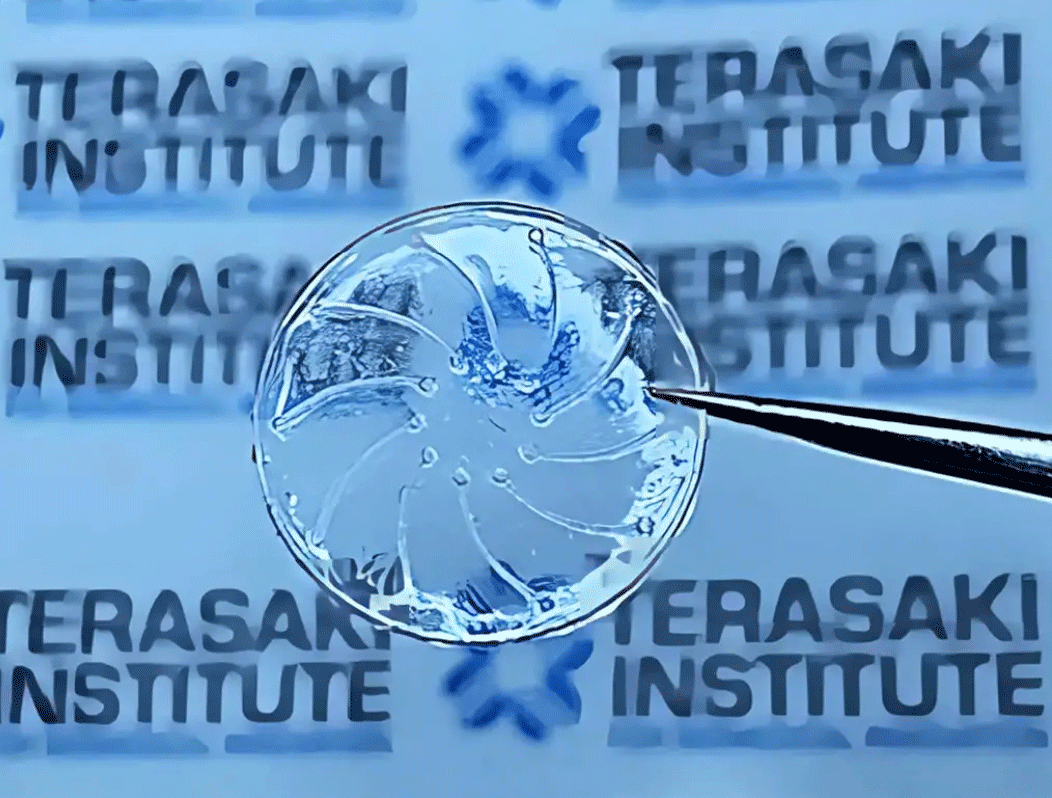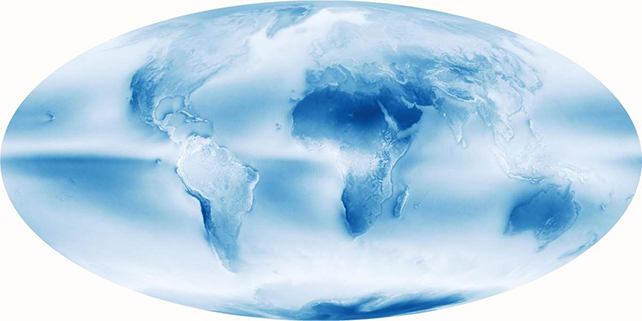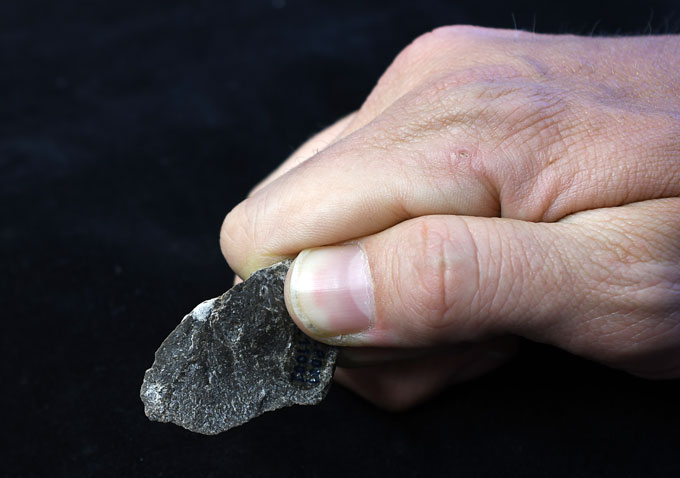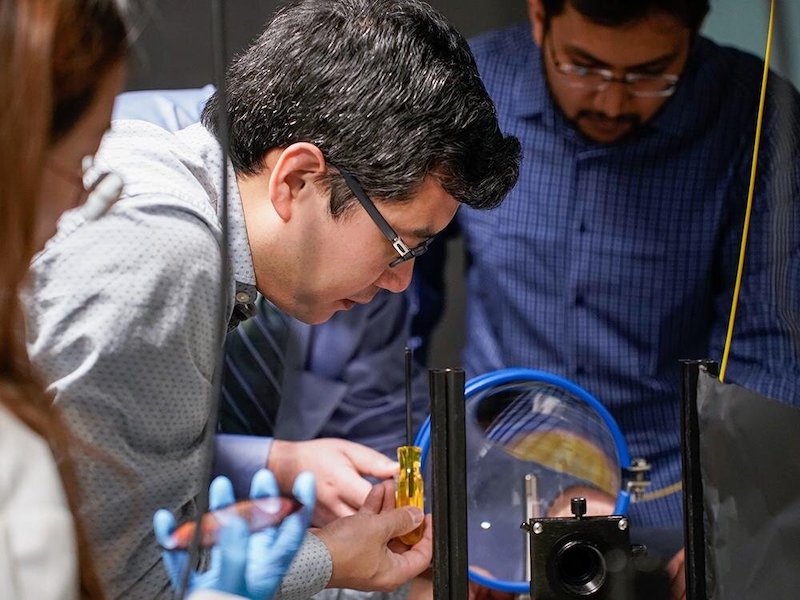Better contact lenses, smaller telescopes, and Earth’s immaculate shine. This week’s coolest things change our view.

What is it? Scientists in California invented a contact lens that prevents dry eye.
Why does it matter? As many as half of the 140 million contact lens wearers in the world suffer from uncomfortable dryness because the lenses divert tears away from the front of the eyeball.
How does it work? The lens, described in the journal Small, has microchannels molded into it. They encourage tears to flow from the front of the lens along the inner surface, near the eye. “The inventive methods that our team has employed bring a potential solution for millions of people,” said Ali Khademhosseini, director of Terasaki Institute for Biomedical Innovation, where the prototype was developed.

What is it? Scientists at the University of Rochester demonstrated a superconductor that conducts electricity at room temperature.
Why does it matter? Achieving no or little electrical resistance in materials has required lowering their temperature to near absolute zero. Removing resistance at higher temperatures “would have enormous potential for applications,” researchers wrote in a much-talked-about new study in Nature. Those applications include levitating high-speed trains and lossless power lines.
How does it work? The team created a compound of lutetium (a rare earth metal), hydrogen, and a touch of nitrogen under high temperature and pressure. They compressed the material between diamond anvils at 2 gigapascals, then released the pressure bit by bit. It conducted electricity with no resistance at 69.8 degrees Fahrenheit.

What is it? An international team of scientists explained why planet Earth has a uniform glow.
Why does it matter? When seen from space, Earth is uniformly bright, despite differences in the hemispheres that should affect how much sunlight gets reflected. The new study, in PNAS, solves a decades-old mystery and could help scientists implement geoengineering solutions to combat climate change, said co-author Yohai Kaspi.
How does it work? Albedo is how much sunlight is reflected from the planet’s surface. Lighter areas, such as the snow cover of the northern hemisphere, reflect more light than dark surfaces, like the oceans that cover much of the southern hemisphere. To determine why these differences in albedo aren’t apparent from space, Kaspi and his collaborators cross-referenced satellite, storm, and cloud-cover data. They determined that while the southern oceans absorb more sunlight, they also produce more storms and storm clouds, which reflect solar radiation.

What is it? Researchers at the Max Planck Institute in Germany found that monkeys accidentally make sharp stone flakes that could easily be confused with early human tools.
Why does it matter? A study in Science Advances raises the possibility that stone flakes created by monkeys “may be misidentified and interpreted as intentional products” made by early humans. This could call into question the origins of human tool use as determined by archaeological findings.
How does it work? Scientists observed wild long-tailed macaques in Thailand using rocks to crack open palm nuts. The bashing sometimes results in shards of broken rock that look a lot like stone flakes that have been found at African hominid sites dating back 1.5 to 3 million years. There are enough similarities, the authors say, that broken monkey nutcrackers could be confused with what archaeologists believe to be human artifacts.

What is it? Penn State scientists made a small, thin lens powerful enough to resolve the surface of the moon.
Why does it matter? Traditional camera and telescope lenses are bulky and heavy, said Xingjie Ni, corresponding author of a study in Nano Letters. High-powered telescopes might have thick, convex glass lenses 30 feet in diameter.
How does it work? His team’s innovation uses “nano-structures on the lens instead of curvature to contour light,” which allows them to be thinner, lighter, and flat. The Penn State lens is actually a so-called metalens, a single piece of thin, clear substrate patterned with nanocrystals. Millimeter-wide metalenses have been developed before. The Penn State team tweaked the manufacturing method to produce a 4-inch-wide lens — much larger than previous examples but much smaller than traditional telescope lenses.





